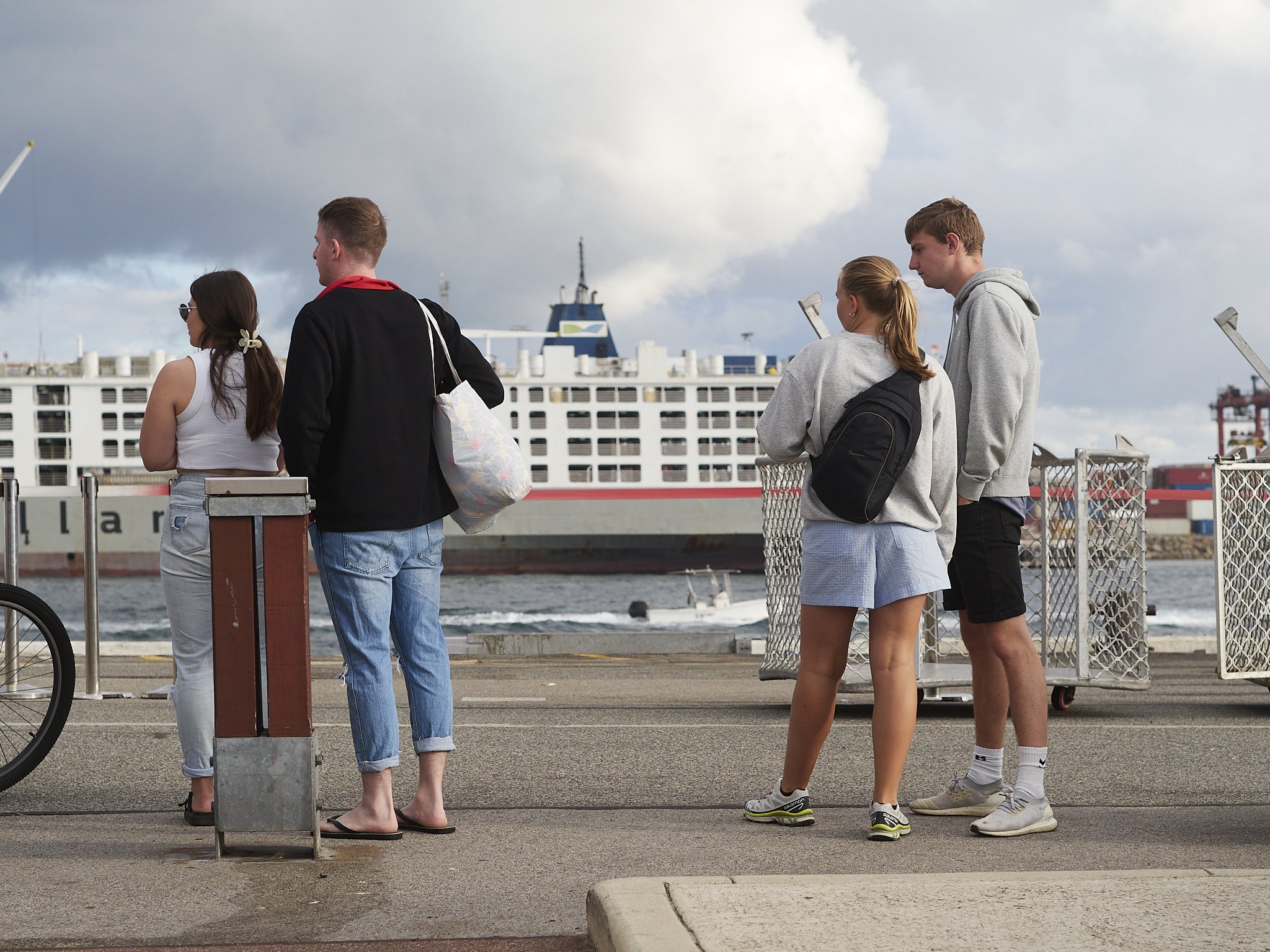Sometimes, the best thing a street photographer can do is just sit, watch and wait.







This set was from Harajuku up near the station corner. I did not think much about these images at the time and they failed to jump out early on in processing. Their depth is the element that works. Your eye jumps forward and back. I get that now.
They are growing on me.
Below is a set that made more of an impression, but only one file at the time, taken at Shinjuku later the same day.





The second set has the theatrical light that grabs me. Big city light.
Below is another set, taken the following day at Harajuku.





















































































































































